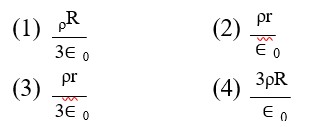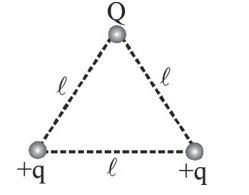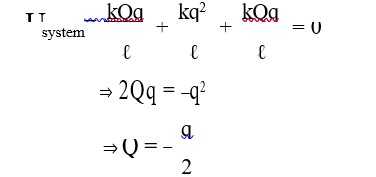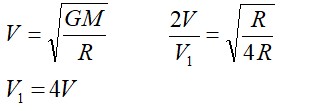Physics
Get insights from 5.6k questions on Physics, answered by students, alumni, and experts. You may also ask and answer any question you like about Physics
Follow Ask QuestionQuestions
Discussions
Active Users
Followers
New answer posted
a month agoContributor-Level 10
The quantisation of electric charge, q = ne, applies to electric charge only, even though charge cannot exist without mass.
New answer posted
a month agoContributor-Level 10
One simple rule to think here is that electric charge is a scalar quantity with magnitude. It has positive and negative signs, depending on the direction it is forced to move in an electric field. Mass is always positive. So when you add mass, it never cancels out or becomes zero. Also do consider that a charge can never exist when there is no mass. In calculations, you must remember not to take in the mass but just the charge itself.
New answer posted
a month agoContributor-Level 10
No, there may be some charges inside the system. The overall charge is zero because the total positive charge will cancel out the total negative charge inside. This directly follows the principle of additivity of charge, where the positive and negative charges are the algebraic sum of each other.
New answer posted
a month agoContributor-Level 10
The medium is affects force. We know this from the constant, k, in Coulomb's Law, that depends on the medium. If you place a charge in an insulator or dielectric medium, like water, the force between them will decrease. This decrease can be taken into account by the medium's permittivity.
New answer posted
a month agoContributor-Level 10
The polarity of the charges that are interacting help us understand the direction. Like charges, whether it's both positive or negative, will always repel. Unlike charges, when one is positive and the other is negative, will always attract each other. The force acts along the line connecting the two charges.
New answer posted
a month agoContributor-Level 10
The main condition would be that the point charges have to be at rest or be in a stationary position, for Coulomb's Law to work. The thing is, if the charge particles move, we have to consider the impact of magnetic forces then.
Taking an Exam? Selecting a College?
Get authentic answers from experts, students and alumni that you won't find anywhere else
Sign Up on ShikshaOn Shiksha, get access to
- 65k Colleges
- 1.2k Exams
- 679k Reviews
- 1800k Answers






